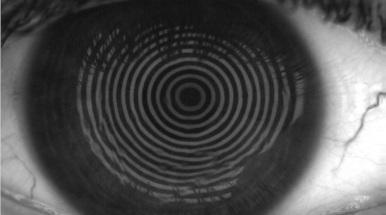
When you blink, a thin film of tears is redistributed over the ocular surface. This film is primarily composed of mucins, water, and lipids, and has a thickness of a few micrometres that tends to break typically after a few seconds. Prolonged maintenance of the film's integrity suggests a lower propensity for issues such as dry eye disorder. Tear film breakups and the time at which they occur are typically analysed using in vivo a biomicroscope and a fluorescent dye diluted in tears, which is believed to potentially destabilize the tear film once instilled in the eye. In the study titled “Comparing automated and manual assessments of tear break‑up time using different non‑invasive devices and a fluorescein procedure” (doi: 10.1038/s41598-024-52686-0) carried out by researchers at the Research Center in Optics and Optometry (COMIB) of the Department of Materials Science, tear film stability was measured without the need for fluorescein, through the analysis of alterations, such as distortion, in images reflected by the tear film.
This approach is non-invasive and can be implemented with an automatic method that uses algorithms capable of highlighting variations in the regularity of reflected images to recognise tear break-up, eliminating the influences of operator skill. The study was conducted by dr. Fabrizio Zeri, dr. Giulia Carlotta Rizzo, dr. Erika Ponzini, prof Silvia Tavazzi.